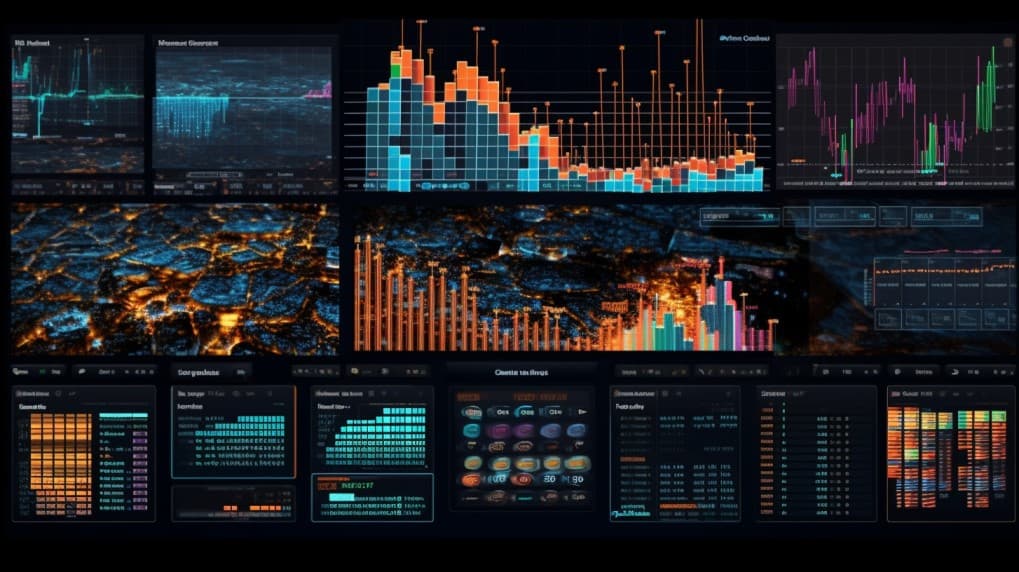
VNQ VS IYR
Real estate investment has long been a staple for investors seeking both diversification and potential income. In the realm of exchange-traded funds (ETFs), two prominent options stand out: VNQ (Vanguard Real Estate ETF) and IYR (iShares U.S. Real Estate ETF). In this article, we will delve into a thorough comparison of these two real estate ETFs, exploring their key aspects, including ETF tickers, full names, issuers, sectors, top holdings, capitalization, strategy, tracking, and exposure.
VNQ Vs IYR: Overview
VNQ and IYR represent distinct approaches to investing in the real estate market. While both focus on the real estate sector, they exhibit differences in their underlying holdings and strategies. VNQ offers broad exposure to the real estate industry through investing in real estate investment trusts (REITs), while IYR targets a similar goal with a slightly different composition. Understanding their approaches is essential for investors considering exposure to this asset class.
VNQ Vs IYR: Sectors and Top Holdings
The VNQ ETF encompasses a variety of real estate sectors, including retail, residential, office, industrial, and more. Its holdings are primarily in REITs, which provide investors with the opportunity to own a piece of real estate without directly owning properties. On the other hand, IYR focuses on a mix of REITs and real estate operating companies (REOCs). Examining the sectors and top holdings aids investors in gauging the potential risks and rewards associated with each ETF.
 VNQ overlap VNQ VS IYR
VNQ overlap VNQ VS IYR
VNQ Vs IYR: Capitalization and Strategy
VNQ and IYR differ in terms of asset under management (AUM) and strategy. VNQ boasts substantial AUM due to its popularity among investors seeking exposure to the real estate sector. Its strategy centers on providing diversified exposure to REITs across various real estate industries. IYR follows a similar strategy, offering exposure to both REITs and REOCs, but with differences in their weightings. Evaluating the capitalization and strategy helps investors assess the potential performance and suitability of these ETFs in their portfolios.
VNQ Vs IYR: Tracking and Exposure
The tracking and exposure methodologies of VNQ and IYR provide insights into how they align with investors' goals. VNQ tracks an index that reflects the performance of the entire U.S. equity REIT market, while IYR tracks an index focused on U.S. real estate stocks. Both ETFs aim to provide investors with exposure to the broader real estate sector, but the composition of their underlying holdings can lead to different risk and return profiles.
Conclusion
VNQ and IYR offer investors distinct paths to gain exposure to the real estate market through the convenience of ETFs. Each ETF's unique composition and strategy cater to different investment preferences and risk tolerances. For those seeking a deeper understanding of the holdings, correlations, overlaps, and valuable insights related to these real estate ETFs, the ETF Insider app proves to be the ultimate tool. With its user-friendly interface, the app equips investors with comprehensive information to make informed decisions.
Disclaimer: This article is intended for informational purposes only and does not provide investment advisory services. Investing in ETFs involves risks, and individuals should conduct their research or consult with financial professionals before making investment decisions.
Sources:
Vanguard: https://investor.vanguard.com/etf/profile/VNQ
iShares: https://www.ishares.com/us/products/239523/ishares-us-real-estate-etf
IYR quote and analysis
Discover the top holdings, correlations, and overlaps of ETFs using our visualization tool.
Our app allows you to build and track your portfolio.
To learn more about the IYR iShares U.S. Real Estate ETF, access our dedicated page now.
FAQ
Why is VNQ better than IYR?
VNQ may be considered better than IYR for some investors due to its specific focus, offering diversification.
Does IYR beat VNQ?
IYR's performance relative to VNQ will vary over time, depending on market conditions.
Should I invest in VNQ or IYR?
The choice between VNQ and IYR should align with your investment goals, risk tolerance, and desired exposure.
Are VNQ and IYR good investments?
Both VNQ and IYR can be suitable investments depending on individual investment strategies, goals, and risk profiles.
What is the correlation between VNQ and IYR?
The correlation between VNQ and IYR can vary over time, reflecting differences in performance.